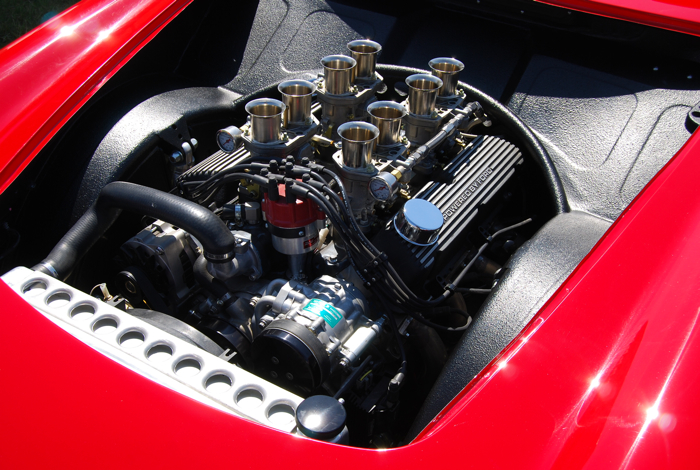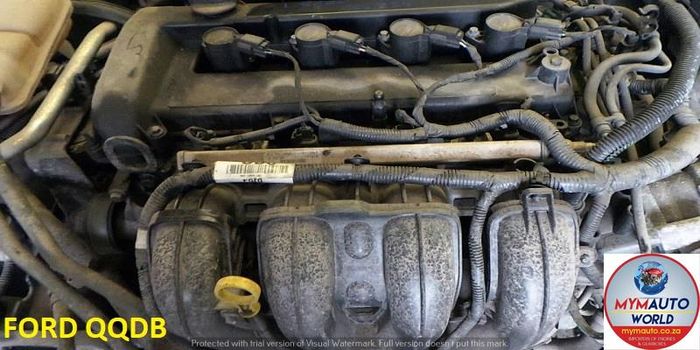Exploring the Inner Workings of a Compact Car's Engine System
As chauffeurs, we commonly consider given the detailed procedures that take place within the boundaries of our automobile's engine system. The small yet intricate equipment that drives us forward is a marvel of design accuracy and control. From the regulated surges in the combustion chamber to the meticulous timing of gas injection, every part plays a vital role in the smooth procedure of the engine. In this expedition of a compact vehicle's engine system, we will unwind the inner workings of this mechanical symphony, clarifying the mysteries that drive us ahead on our everyday trips.
Burning Refine Review
The combustion procedure in a portable vehicle's engine system is a critical device that efficiently transforms fuel into energy to power the lorry. This process takes place within the combustion chamber of the engine, where fuel and air mix, stir up, and produce controlled explosions. The combustion procedure consists of 4 primary phases: consumption, power, compression, and exhaust.
During the consumption phase, the piston moves downward, attracting in a blend of air and fuel right into the combustion chamber. This downward motion produces the power needed to drive the lorry. This cyclic burning process is fundamental to the operation of a compact lorry's engine system, ensuring efficient power conversion for propulsion.
Piston and Cyndrical Tube Communication

The piston's specific fit within the cylinder is important for keeping optimal compression and preventing power loss throughout burning. Tight clearances between the piston and cyndrical tube wall surfaces make certain efficient sealing, permitting the piston to relocate smoothly without allowing gases to leakage past. Correct lubrication is also essential to reduce friction and use between these parts, enhancing durability and performance.
In addition, the layout and products made use of in manufacturing the piston and cylinder influence engine effectiveness and sturdiness. Modern engines usually utilize lightweight yet durable products like light weight aluminum alloys for pistons and cyndrical tube liners to lower inertia and enhance thermal performance. Generally, the unified communication in between the piston and cyndrical tube is basic to the engine's functionality and general efficiency.
Fuel Injection System Functionality
Fuel shot systems in portable car engines play a critical duty in exactly supplying gas to the combustion chamber for controlled and reliable ignition. The gas injection system operates by injecting gas right into the burning chamber at the ideal moment during the engine's operation (opel corsa engine). This exact timing makes sure that the fuel mixes evenly with the air for correct combustion, causing boosted gas performance and decreased discharges
There are largely 2 sorts of fuel injection systems utilized in portable lorry engines: port gas injection (PFI) and straight fuel shot (DFI) PFI systems inject fuel the original source right into the intake port prior to the consumption valve, while DFI systems infuse gas directly into the burning chamber. Both systems have their benefits, with DFI supplying far better fuel atomization and PFI offering an extra economical option.
Recognizing Engine Air Conditioning Devices
Efficient operation of a small lorry's engine counts greatly on the efficiency of its cooling mechanisms. Engine air conditioning is crucial to stop getting too hot, which can cause significant damages and decreased performance. The air conditioning system in a compact lorry generally includes several parts interacting to manage the engine temperature. One essential part is the radiator, which uses coolant to absorb heat from the engine. As the hot coolant flows through the radiator, it releases warm right into the air, cooling down prior to going back to the engine. The water pump distributes the coolant through the engine and radiator, making certain a regular circulation to manage temperature level. Furthermore, the thermostat aids manage the coolant flow to maintain optimal engine temperature level. Some lorries additionally have try these out cooling down fans that activate when additional cooling is required, such as during rush hour or hot climate. Comprehending these engine air conditioning mechanisms is crucial for keeping the efficiency and longevity of a small lorry's engine system.

Exhaust System Elements Explained
The optimal functioning of a portable car's engine air conditioning systems depends on a complementary system understood as the exhaust system, which comprises numerous crucial components for guaranteeing effective emissions and engine efficiency. The exhaust manifold collects exhaust gases from the engine's cyndrical tubes and paths them to the catalytic converter.
One crucial element of the exhaust system is the oxygen sensing unit, which monitors the oxygen degrees in the exhaust gases to assist regulate fuel intake and make certain ideal engine performance. opel corsa engine. In addition, the resonator may exist in some exhaust systems to reduce sound degrees. Generally, the exhaust system plays a crucial function in maintaining engine performance, reducing hazardous emissions, and making sure a quieter driving experience for small lorry proprietors

Final Thought
Finally, the portable car's engine system is a complex mix of elements that her response work with each other to facilitate the combustion procedure, convert fuel right into energy, and eliminate waste gases. Comprehending the inner workings of the engine system, including the piston and cyndrical tube interaction, gas injection system, engine cooling mechanisms, and exhaust system parts, is important for maintaining optimal efficiency and performance of the vehicle.
The burning procedure in a compact lorry's engine system is a crucial device that effectively converts fuel into power to power the lorry.Gas injection systems in compact lorry engines play a vital role in precisely providing fuel to the burning chamber for efficient and regulated ignition.There are largely two types of fuel shot systems used in portable automobile engines: port gas injection (PFI) and straight fuel injection (DFI) Recognizing these engine cooling systems is important for keeping the performance and longevity of a small car's engine system.
The optimum performance of a portable automobile's engine cooling devices depends on a corresponding system understood as the exhaust system, which comprises numerous important elements for ensuring reliable exhausts and engine performance.